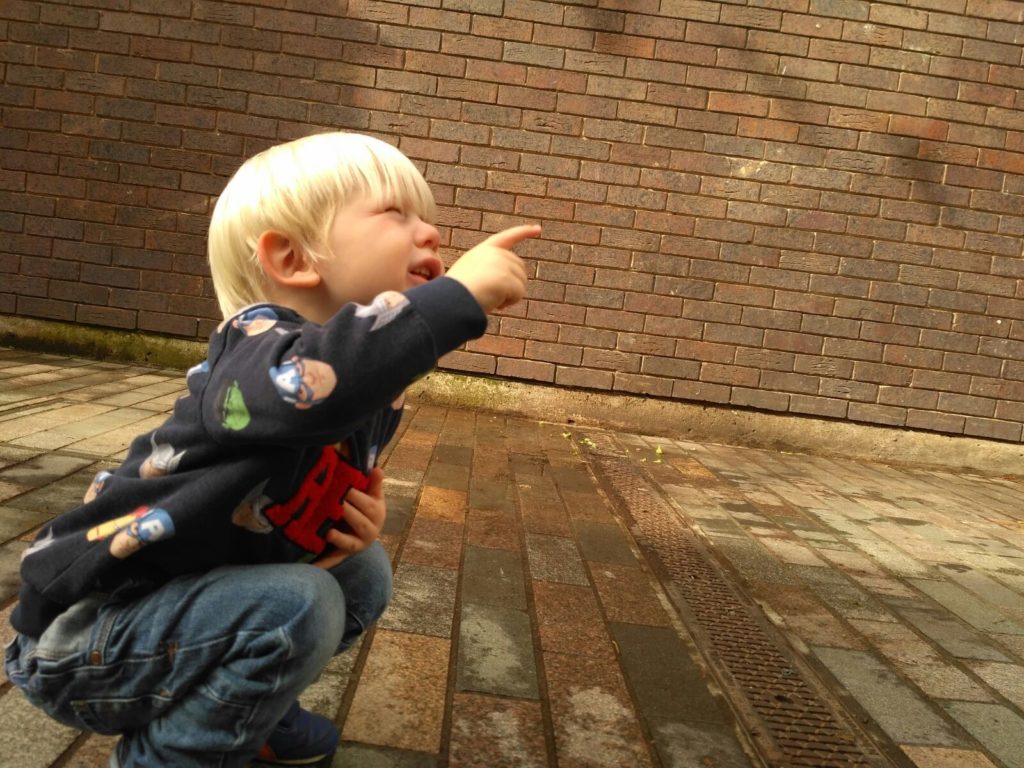Edsential Catered School Celebrates World Book Day
Thursday 7th March 2024 was World Book Day which is...24 Apr 2024


How a child feels when they start nursery, pre-school or school is a bit like how adults feel on their first day in a new job. The thoughts children will have in their head will be very similar:
Where do I put my belongings?
Who will tell me what I need to do?
Where do I get something to eat?
Where do I go for a break?
Where are the toilets?
When is it home time?
The younger the child, the harder it will be for them to find out these answers independently. This is why as early years practitioners; we should not underestimate the important role we play during this transition. As Elinor Goldschmied powerfully explains;
‘A very young child in nursery cannot understand why he is there. He can only explain it as abandonment and unless he is helped in a positive and affectionate way this will mean levels of anxiety greater than he can tolerate’
Whenever I am in a nursery and hear or see a child crying, I remember this quote and try to find a way to provide the answers to the question that is currently going through his or her mind. Usually, for a new starter it is ‘why has my parent left me?’ and ‘will they come back?’
Obviously, these children are crying out for the comfort of a caring adult, but we also need to be mindful of the support we give to all the new starters, as some may not be showing such obvious signs of distress but will still have the same unanswered questions going through their head. So it is just as important to ‘tune’ into the reaction of all children to being left at nursery, as they may display it in a different way such as sitting quietly on their own in the reading area, throwing toys across the room or sitting at the snack table eating everything in sight! All of these are a child’s coping strategy; trying to do something which is familiar to them and helps them feel in control of the situation. The Leuven scales of emotional well-being and involvement are a great tool to support observations during this transition period.
When I think back to being a newly qualified teacher in a reception class, I was too focussed on ‘what’ I was going to teach instead of ‘how’ I was going to do it. Instead of spending hours during the summer holidays listing ‘what’ I was going to teach on a detailed topic web, I should have spent time asking myself the following question:
How will the environment and daily routine help the children feel ready to learn?
It is only when a quality learning environment and a consistent, well-balanced daily routine is in place that children will feel emotionally secure and ready to learn. Evaluative tools such as ITERS (infant and toddler environmental scale) and ECERS (Early Childhood Environmental Scale) are really useful for this.
Adults also need to think carefully about their role during a child’s first days, weeks and sometimes months settling at nursery and what the term ‘key person’ really means. As Penny Tasssoni explains;
“A child’s bond with their key person should be like an ‘emotional safety net’ which is ‘strong enough to ‘catch’ the child in the absence of their parents.”
I cringe when I think about all the wonderful things I missed children doing during child initiated play because I thought I was too busy ‘teaching’. How I wish I had a time machine, where I could go back and visit my younger self and tell her to rip up the topic web and go and sit with the boys, who were deeply involved using the Meccano to make an amazing rocket to fly to the moon!
So my advice to anyone who is welcoming a new batch of children this term would be to spend time thinking about the ‘how’ rather than the ‘what’. Before you can even begin to teach, children will need the answers to the questions above, as until these basic needs are met, children will not be ready to learn.
So what does this look like in practice?
Jo can be contacted by email (jo.williams@edsential.co.uk), and for more information please click here to access her EYFS webpagee
Click here to find out more about the Leuven scales of emotional well-being and involvement.
Click here to find out more about the ITERS and ECERS self- evaluation tools.
Elinor Goldschmied and Sonia Jackson, 2003, People under three: young children in day care, 2nd edition, Routledge, Abingdon.
Penny Tassoni, Settling in, Nursery World, January 2013